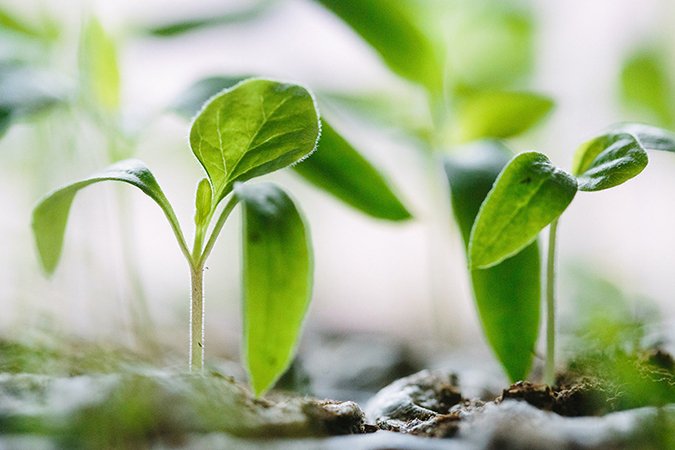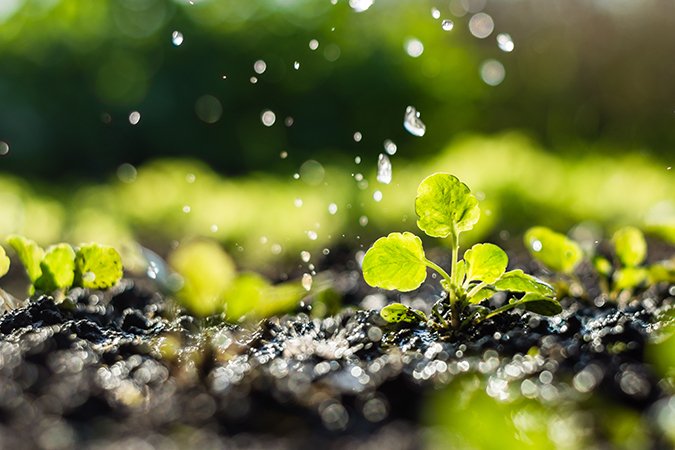What are the Plant Growth Regulators?
Plant growth regulators are now commonly used in the commercial production of fruits, vegetables, and plants. However, the meaning of the term remains a mystery to most people and it is only reasonable to ask: what are the plant growth regulators and what do they do? For growers, the important question is which of the plant growth regulators will offer the right results.For example, what are the plant growth regulators that stimulate root growth and which ones speed up the ripening process?
What are the Plant Growth Regulators and what do they do?
Plant growth regulators are chemicals that modify plant growth in a similar way to the plant’s natural hormones. The modification induced by the plant growth regulator can lead to increased growth or it can inhibit growth in some way. Plant growth regulators were first put into action in the 1930s to speed up flower production in pineapples. Since then, scientific advancements in the field of chemistry have made it possible to identify and develop many powerful plant growth regulators that are now staple inputs in many agricultural sectors. Plant growth regulators can alter plant growth in a number of significant ways. There are growth regulators that improve root growth, regulators for speeding up germination, regulators to prevent the development of long stems, and regulators that distort and impede growth that are used as herbicides. Typically, plant growth regulators are applied through a spray directed at the plant’s foliage where it is absorbed by the leaves, or as a liquid poured into the growing medium around the base of the plant. The effect of plant growth regulators is normally short-lived and a regular application is necessary to sustain the intended results.
What are the Plant Growth Regulators used in Fruit Production?
Plant growth regulators are commonly used in the fruit growing sector. The regulators most often used are auxins, gibberellins, cytokinins, abscisic acid, and ethylene. What are the plant growth regulators used for? Auxins: Elongates shoots, prevents fruit from dropping too early, and can be used as a herbicide. Gibberellins: Encourage shoot growth, increases fruit size and firmness and can extend the harvesting season of certain types of cherries. Cytokinins: Speed growth by increasing the number of cells in a plant, improve the plant’s vascular system, and help maintain the tips of roots and shoots. Abscisic Acid: Protects plants against a variety of pathogens and helps to prepare the plant for certain kinds of stress. Ethylene: Found naturally in plants, ethylene speeds up the ripening process. It is possible to observe the effect of ethylene by placing a banana and an unripe avocado together in a bag overnight. The ethylene released from the banana will ripen the avocado.
Natural and Synthetic: Two Types of Plant Growth Regulators
Plant growth regulators can be synthetic, which means they are created through a (chemical) process, or they can be naturally occurring and derived from plants. What are the plant growth regulators that are natural and which are synthetic? Naturally occurring plant growth regulators include indoleacetic acid and ethylene. Synthetic regulators are numerous, including indolebutyric acid, gibberellic acid, and naphthalene acetic acid. Learn more about plant biochemistry in our Knowledge Centre.




